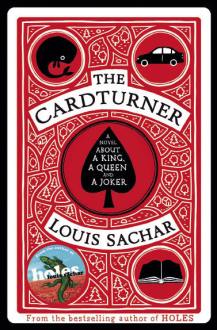The tale of Chitty-Chitty-Bang-Bang
On 31 May 1961 Ian Fleming wrote to Michael Howard at Jonathan Cape, publisher of his James Bond novels: ‘I am now sending you the first two “volumes” of Chitty-Chitty-Bang-Bang. Heaven knows what your children’s book readers will think of them.’ He ended his letter: ‘I am gradually reactivating myself and I hope to be



